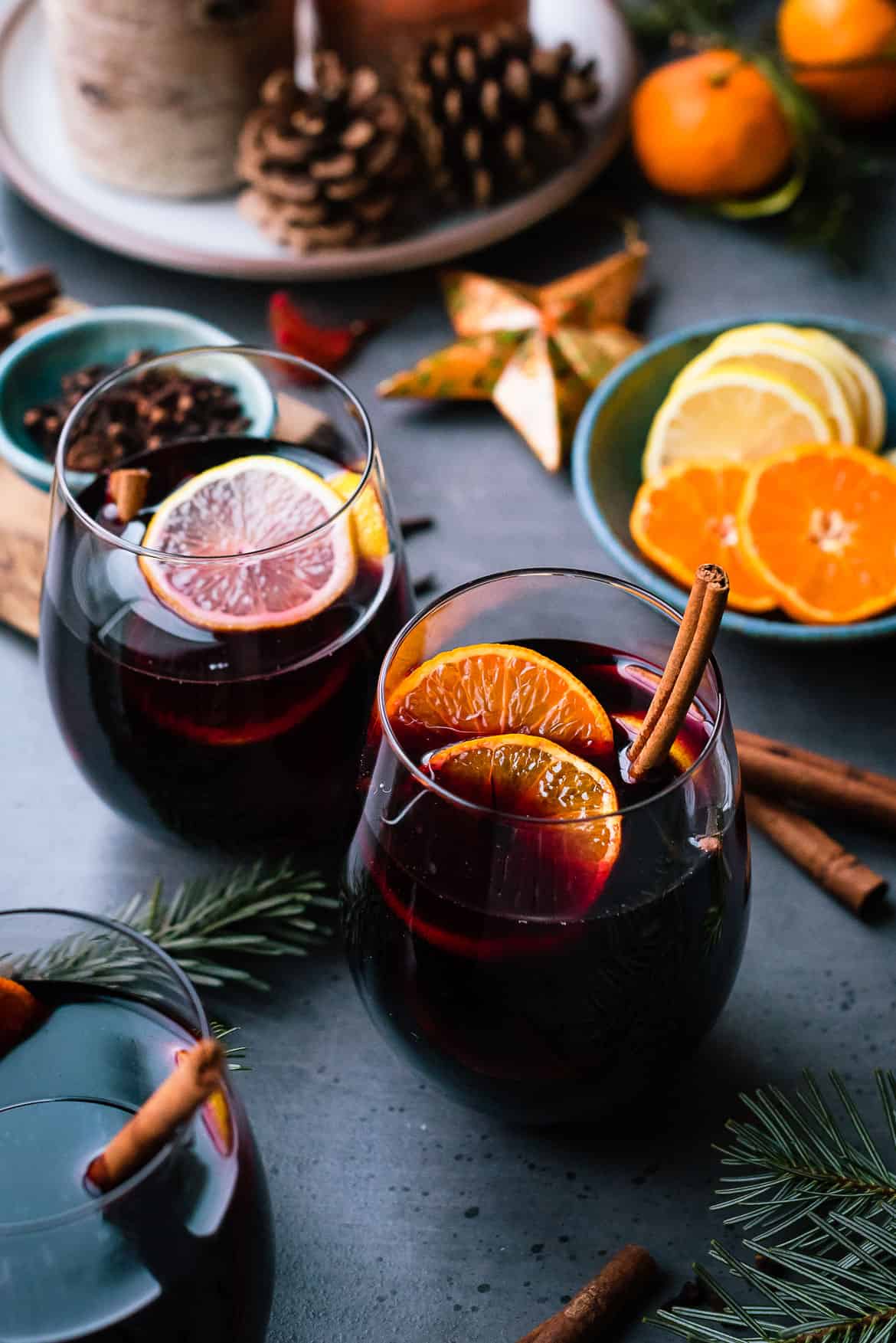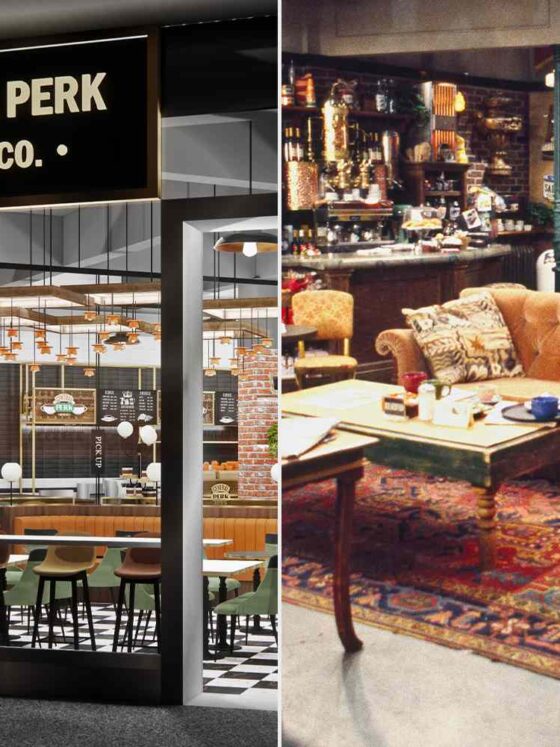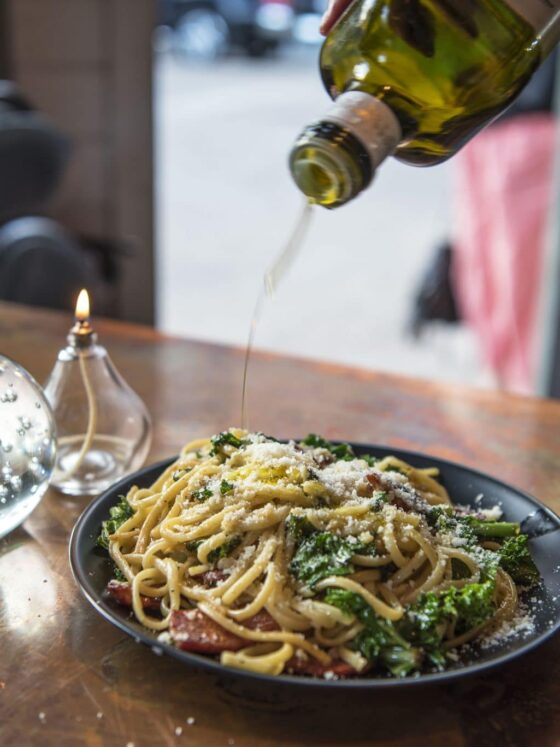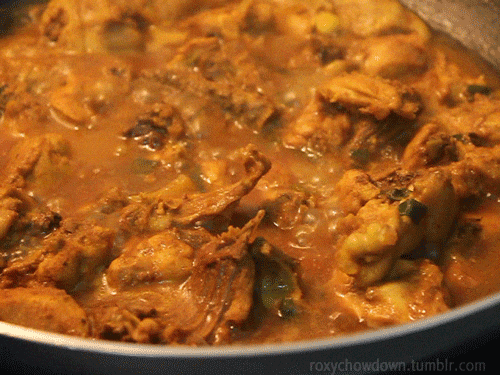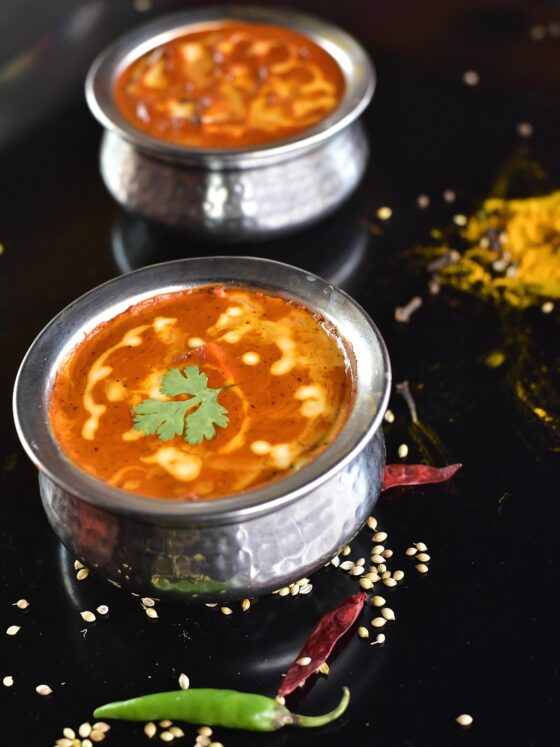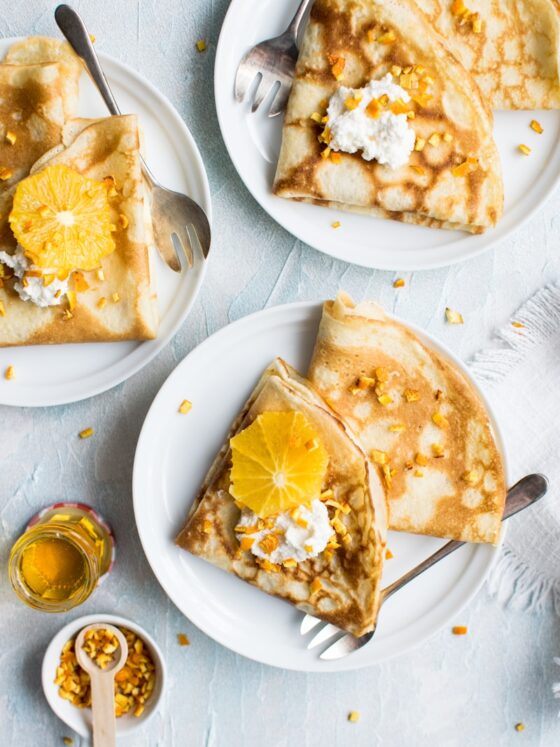Mulled wine and cold weather go together like peanut butter and jelly. No matter what you call it—Glühwein, Glgg, or vin chaud—this hot drink is the best way to beat the winter blues. But what is mulled wine anyway?
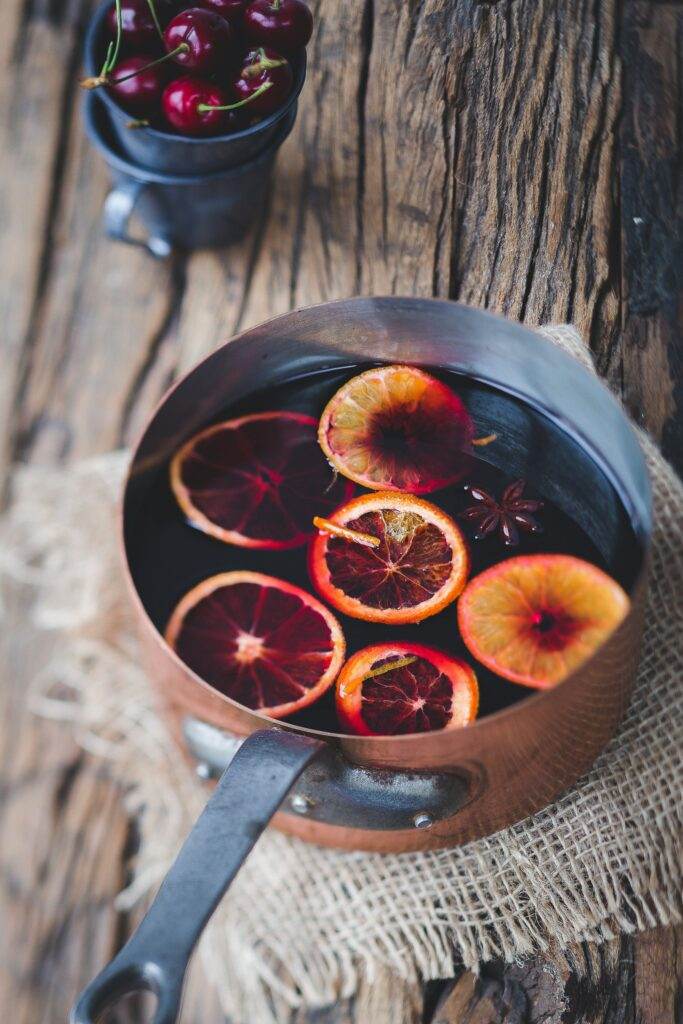
Simply put, mulled wine is a red wine spiced with mulling spices and, if desired, dried fruits. This traditional European drink is trendy around the holidays and is often the first thing people think of when they think of Christmas markets. Even though some versions don’t have alcohol, most mulled wines have a lot of alcohol.
Even though most of us won’t be flying across the world to visit Christmas markets, bringing a bit of European holiday spirit into your home has never been easier. You must grab a bottle of red wine, add some spices, and let the heat do the rest. Don’t you know what to buy? We’ve already done the hard work. Check out our list of the best red wines at home to make mulled wine.
Cline Ancient Vines Zinfandel 2018
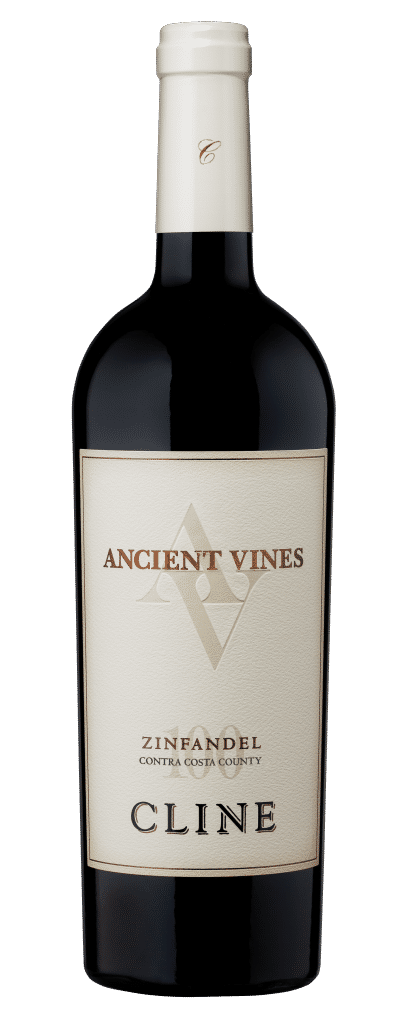
Region: California
ABV: 15%
Taste: Strawberries, coffee, chocolate, vanilla, and sweet spices are all things you can taste.
What could be better than a beer that is juicy, full-bodied, and full of fruity flavours? This red wine from California’s North Coast has a lot of flavours and is excellent for making mulled wine at home. The primary tastes in this wine are black cherries, tobacco, raspberry compote, vanilla, and sweet spice. Pour a little on the side and sip it on its own while you make your coffee. You won’t be sorry.
Domaine Bousquet Malbec

Region: Argentina
ABV: 14%
Taste: Blackberry, red and blackcurrant, plum, oak, and chocolate are all things you can taste.
Don’t worry about breaking the bank! This tasty malbec costs around $10 and goes well with mulled spices. Notes of black fruits, plums, tobacco, violets, and cassis will give it a whole body. When the price is this low, we will buy two.
Carrie Lyn Strong, a sommelier and owner of Strong Wine Consulting LLC, says that she makes her own mulled wine at home with whole cloves, cinnamon sticks, star anise, lemon peel (not orange peel), and candied ginger. “Ground spices give the wine a grainy texture that I don’t like,” she says, adding that adding simple syrup or Cointreau will help make the wine taste sweeter. “And if I’m feeling extra [festive], I’ll add some brandy or rum.”
M. Chapoutier Belleruche Côtes-du-Rhône
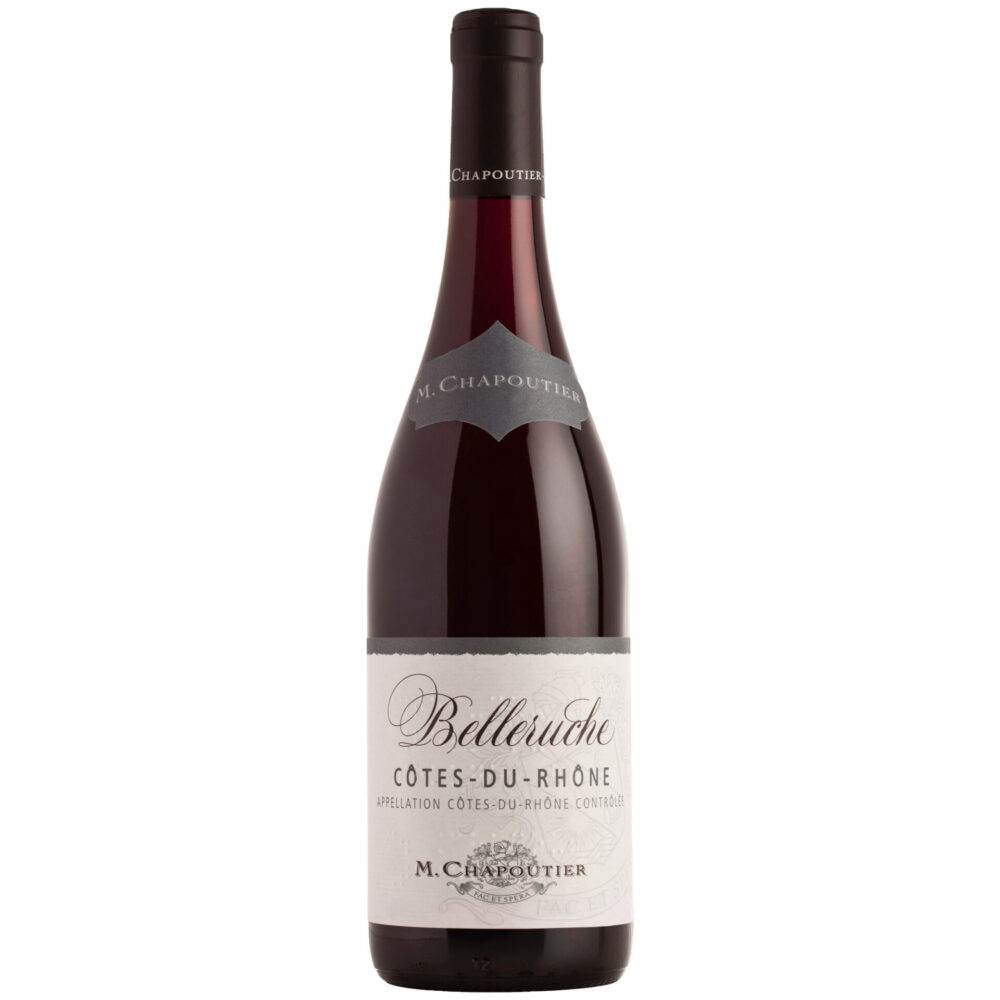
Region: France
ABV: 14%
Taste: Blackcurrant, Raspberry, White Pepper
This easy-to-find bottle of red wine comes from Southern France, made by one of the most popular organic winemakers in the area. This wine, mostly made of grenache, has a lot of juicy red berries, black currant, liquorice, and sweet spice flavours.
“I like to use a low-tannin red wine, like grenache or full-bodied pinot noir, so that the holiday spices don’t get lost,” says Strong. He adds that it’s important to find a bottle with soft fruit flavours and lively acidity.
Cune (CVNE) Crianza
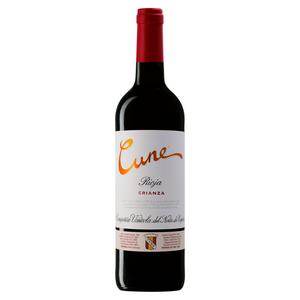
Region: Spain
ABV: 13.5%
Taste: Black cherry, red plum, liquorice, spice, and tobacco are all things you can taste.
This blend’s bright acidity and well-balanced flavours, mostly tempranillo, make it great for mulling with sweet spices and dried fruits. On the full-bodied palate of the wine, you can taste ripe strawberries, raspberries, tobacco leaves, used leather, and vanilla.
Lapostolle Merlot
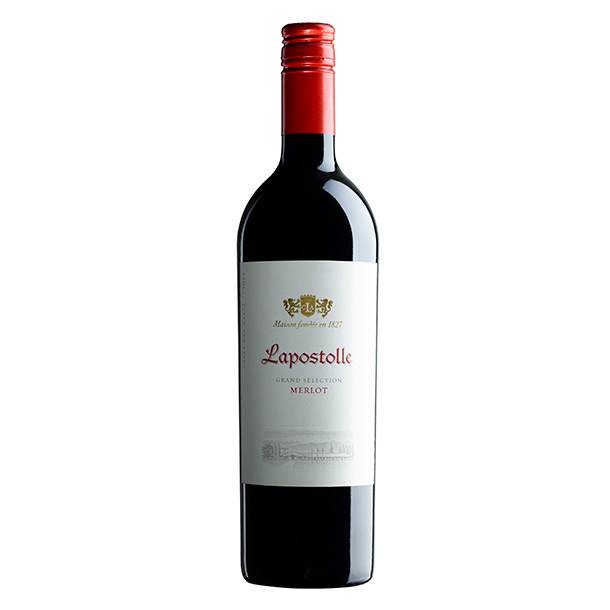
Region: Chile
ABV: 14%
Taste: Plum, cherry, cassis, blackberry, thyme, and black pepper are all things you can taste.
This Merlot is made from organic fruit in the heart of Chile’s Central Valley. It is smooth and easy to drink. The smooth flavours of blackberries, blueberries, fresh herbs, and black pepper in the wine come to life when baking spices and dried fruit are added. This has a medium body, is bright, and is very tasty.
“I would use cheap cabernet sauvignon or merlot from Chile to make mulled wine because these wines have a lot of fruit and not so many tannins. “There’s no reason to spend money here,” says Jeff Harding, who is in charge of wine at the Waverly Inn in New York.
Bonterra Organic Cabernet Sauvignon
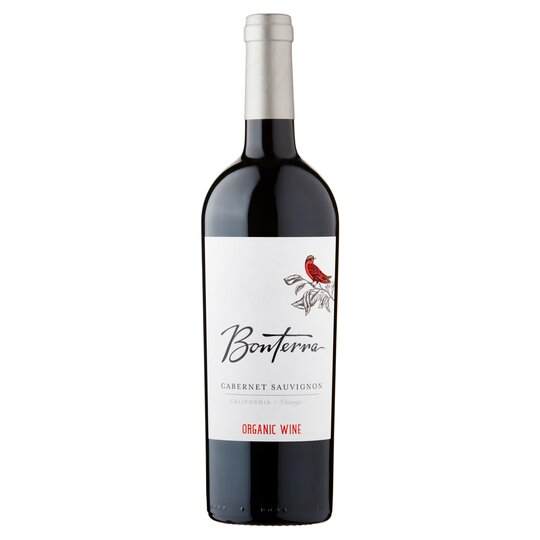
Region: California
ABV: 14%
Taste: Cherry, currant, raspberry, toasted oak, and vanilla are all things you can taste.
This organic, easy-to-find, and cheap bottle of cabernet sauvignon is perfect for making mulled wine home because it meets all our criteria. The flavours of ripe cherries, black currants, cinnamon, and cedar lead to a smooth finish that lasts a long time. The intense flavour of the wine can handle a lot of mulling spices, so feel free to add an extra dash here.
Strong suggests drinking mulled wines with warm cheese dishes like raclette, melted brie, or camembert served with charcuterie, steak tips au Poivre, and all the fixings: dried tropical fruit (mangoes, apricots, figs), fresh winter citrus (blood or Cara Cara oranges), salted or spiced nuts (Marcona almonds, walnuts, pecans), sweet and spicy pepper jam, and crispy, freshly-baked bread.
She says, “This dinner is great with mulled wine when the fire is warm, the wind howls all night, and blankets are spread out on the couch.”
Leyda Pinot Noir
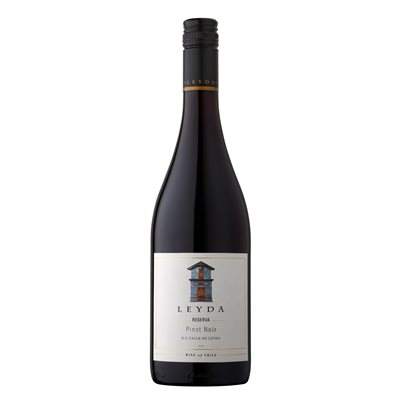
Region: Chile
ABV: 14.5%
Taste: Cherry, strawberry, cinnamon, and citrus peel are all things you can taste.
For mulled wine, choosing a pinot noir with a more considerable body is essential. Because of this, we tend to stick to wines from the New World made from riper grapes. This bottle of wine from Chile’s Leyda Valley is a great deal for how much it costs (and perfect for serving warm with spices). The wine has a medium body, so you can expect to taste plums, ripe berries, smoke, and spices.
“Mulled wine says Christmas. Harding says, “I would serve it with a cake like coffee cake, panettone, or any dessert that uses winter spices and/or dried fruits.”
Chateau Maris Minervois
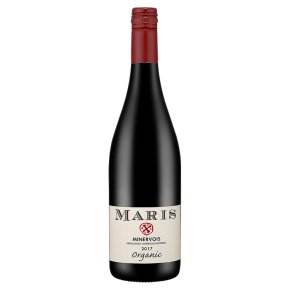
Region: France
ABV: 14%
Taste: Cherry, Blueberry, Currant, and Chocolate
This bold red blend from the south of France packs a serious punch, making it an excellent match for flavourful spices. The wine has a medium-full body with jammy notes of red plums, cherries, liquorice, and smoke. This tasty blend has a solid structure thanks to its smooth tannins and bright acidity.

